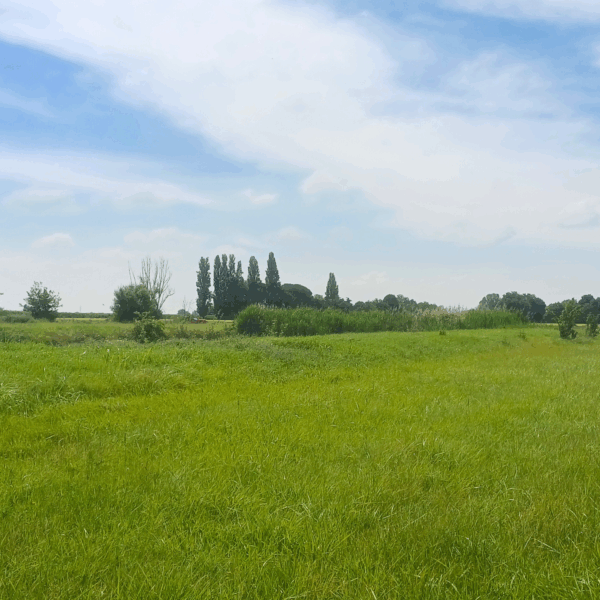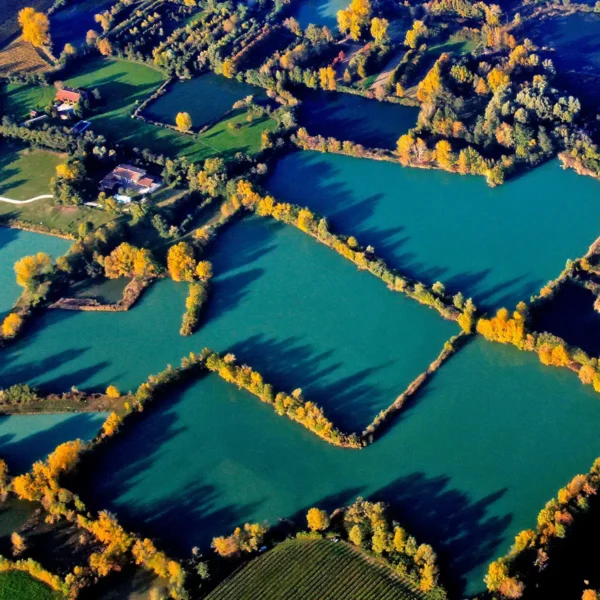
Adopt or gift a Willow
Animal lovers
Who is always there
Who wants to say "I love you"
The term Willow has Celtic origins and it means "near the water". The Willow both symbolically and naturally is linked to water. For the Celts in particular, and for other peoples in general, the Willow was considered a female goddess, and its worship, linked to lunar cycles and fertility, always held great importance throughout the centuries. It is a multi-use plant: for weaving panniers and baskets, as twine for woodpiles, we even find it in the salicylic acid of aspirin. Ideal for resourceful women!
Features
Scientific name: Salix alba
Common name: White Willow
Surprisingly, it is part of the Salicaceae family. In Central Europe it is one of the most widespread species. It grows in floodplain and riparian forests. On meadows and stream banks you can see capped, thick-trunked specimens that provide precious habitat for insects and birds. Its leaves are narrow and elongated, the underside of which is covered with silky down.
Fun facts
Willow both symbolically and naturally is strongly related to water. For the Celts in particular, and for other peoples in general, the Willow was considered a female goddess, and its worship, linked to lunar cycles and fertility, always held great importance throughout the centuries.
Properties and Uses
White willow has anti-inflammatory, analgesic and antipyretic properties due to its salicin content. When ingested, it is converted to salicylic acid.
Why adopt or gift a Willow: what makes it unique
of CO2 captured over a year
reachable height
maximum life expectancy
Forests where you can grow your own Willow, adopting it or giving it as a gift.

Bosco dei Sette Cieli
 Italia
Italia
Fiber forest
 Italia
Italia
Bosco delle origini
 Italia
Italia
Riserva Naturale Torbiere del Sebino
 Italia
Italia
Join our community
Do you like trivia about trees and forests, and want to know how you can help create a greener future and help nature?
Sign up for our newsletter!
A couple of times a month you will receive news, scientific insights without catastrophizing, offers to adopt our trees, and news from our projects. With WOWnature, helping the planet becomes a positive experience. Every tree is a step toward a better future.


